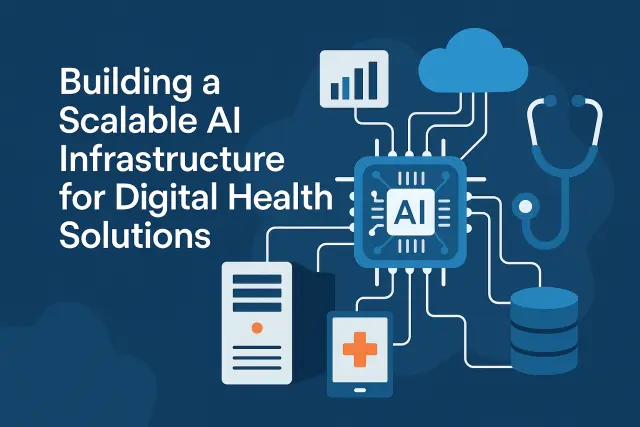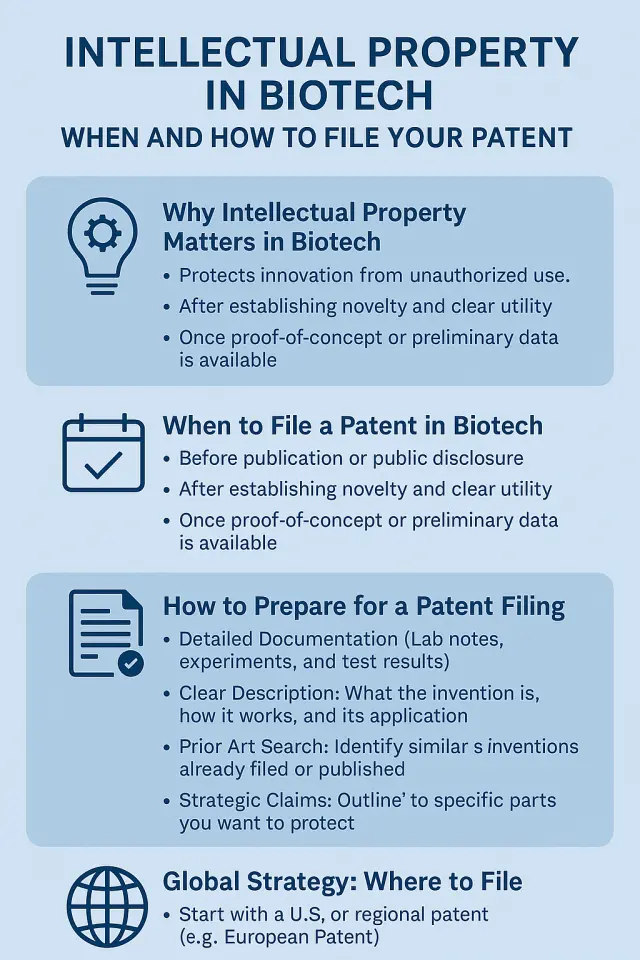As healthcare undergoes digital transformation, AI is rapidly reshaping diagnostics, remote patient monitoring, personalized treatments, and operational efficiency. However, leveraging AI at scale requires more than just algorithms—it demands a solid, scalable infrastructure that can handle massive health data volumes, ensure real-time processing, and meet strict regulatory standards. In this article, we explore the key components and best practices for building a scalable AI infrastructure for digital health.
1. Understanding the Needs of Digital Health
AI in healthcare must handle complex data such as electronic health records (EHRs), imaging, wearable sensor data, and real-time patient monitoring. Scalability means being able to process this data:
- In real time (e.g., for emergency alerts),
- Across different platforms (mobile apps, cloud portals),
- While maintaining security and compliance (HIPAA, GDPR, etc.).
2. Core Components of a Scalable AI Infrastructure
Here are the key building blocks:
a. Cloud-Native Architecture
Utilizing AWS, Google Cloud, or Azure allows for dynamic scaling of storage, compute, and memory based on data loads.
b. Data Lakes & Real-Time Pipelines
- Data Lakes store unstructured patient data at scale.
- Stream processing engines (e.g., Apache Kafka, Spark) ensure real-time analytics.
c. AI Model Management
You need scalable platforms for training, versioning, and deploying AI models (e.g., MLflow, Kubeflow).
d. APIs & Microservices
Deploying AI services as microservices enables plug-and-play integration with EHR systems, mobile apps, and third-party solutions.
3. Security, Privacy & Compliance
Scalability must be paired with:
- Encryption at rest and in transit,
- Role-based access control (RBAC),
- Audit trails for regulatory compliance,
- Regular penetration testing and vulnerability scans.
4. Ensuring Performance & Reliability
- Use auto-scaling clusters and load balancers.
- Monitor with AIOps tools for anomaly detection.
- Implement disaster recovery and multi-zone deployment.
5. Future-Proofing the Infrastructure
- Support federated learning to train AI models on decentralized health data.
- Enable interoperability using standards like FHIR.
- Plan for quantum-ready architecture and edge computing to support wearable/IoT use cases.
Building a Scalable AI Infrastructure for Digital Health Solutions
Building a scalable AI infrastructure isn’t just about adding servers—it’s about architecting for flexibility, compliance, and continuous learning. Healthcare providers and digital health startups must invest in robust cloud-native systems, secure data pipelines, and flexible deployment frameworks to unleash the full potential of AI in transforming patient care.


